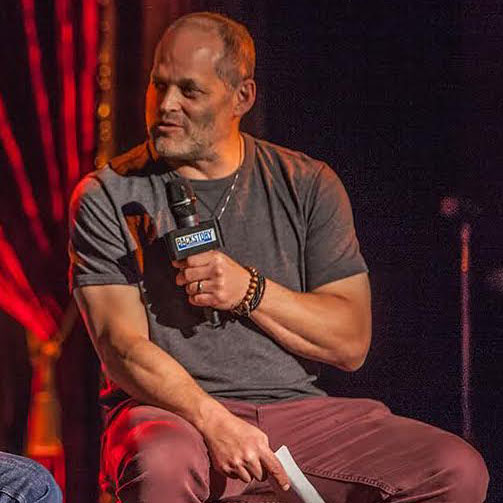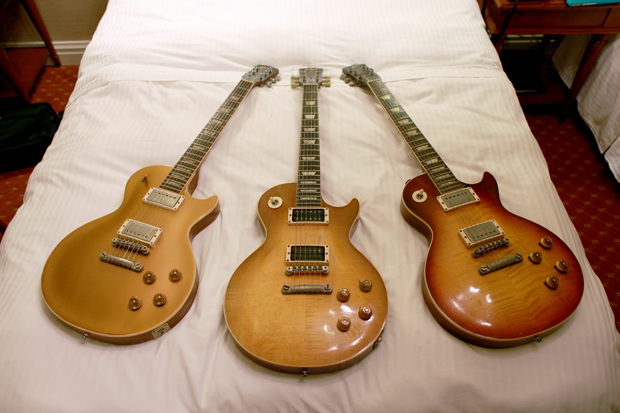
Duane Allman had three primary Les Pauls during his time with the Allman Brothers Band.
The 1957 goldtop he played on the band’s first two albums as well as most of the Derek and the Dominos Layla sessions has been on display at the Big House Museum in Macon, Georgia.
The other two Les Pauls, a 1959 cherry burst and a 1958 or 1959 dark burst, are owned by Duane’s daughter Galadrielle and have long been on display at the Rock and Roll Hall of Fame in Cleveland. She made sure that both guitars made it to the Beacon, along with Duane’s goldtop, for the Allman Brothers Band’s final performances this past October.
“I’ve always wanted to see them play the guitars, knowing that it would be amazing for everyone,” Galadrielle says. “It’s a daunting thing to try to imagine these fragile and valuable things out in the world, and it had to be the right time and place.”
The guitars’ histories are long and varied. In September 1970, Duane traded the goldtop for the cherry burst after swapping the pickups between the instruments. The cherry burst became his primary guitar, heard on At Fillmore East. In June 1971, guitar dealer Kurt Linhof sold Duane the dark burst, which became his main guitar until his death on October 29, 1971.
According to Galadrielle’s moving memoir, Please Be with Me: A Song for My Father, Duane Allman, her mother Donna took the cherryburst from Duane’s apartment after his death and soon lent it to a musician friend—who had introduced Duane and Donna. She asked him to return it when her daughter was 21.
Gregg had the darkburst, but the band’s road manager Twiggs Lyndon was worried about its fate. A classic car aficionado, Lyndon traded Gregg a 1939 Ford Opera coupe for the guitar, determined to hold it for Galadrielle until she was “old enough not to give it to the first guitar player she dated.” He took the guitar on tour with the Dixie Dregs, and it was on the road with him and band when Lyndon died in a skydiving accident in 1979.
Dregs guitarist Steve Morse safeguarded the guitar for over a decade, recording several tracks with it. On April 2, 1990, Twiggs’ brother Skoots Lyndon met Donna Allman at Duane’s Macon grave and presented her with the guitar for her daughter.
Fittingly, it was Skoots who traveled to Cleveland to transport the guitars to New York, guarding them with the expected vigilance. After decades behind glass, both guitars were not in playable shape. Lyndon, who is on the Deep Purple crew, asked Morse guitar tech Tommy Alderson to prep the guitars. He began working on them at 10:30 at night on an ironing boarding in room 805 of the Millburn Hotel, pronouncing them done at about three in the morning.
“I kept it really simple because they are very fragile,” Alderson says. “I cleaned the pots real good and got the intonation as right on as you can get with flattened frets. I flattened the necks with the truss rod so I could measure and set the bridge so it didn’t buzz or fret out.”
Alderson was struck in particular by the pickup setup on the cherry burst. “They are set different than anything I’ve ever encountered,” he says, “dropped down a fair amount below the pickup ring. The pickup pole adjustments had the screws turned up so they would pick up the signal. Also unusual, the bridge pickup is a lot weaker than the neck pickup. I plugged it in and put it in the middle, and it was the ‘One Way Out’ sound. It was just crazy to hear.”
The guitars’ unique sounds were apparent the moment Haynes and Trucks played them.
“You plug them in and the sound of Duane is unmistakable,” Haynes says.
“The sound is so distinct and powerful,” adds Derek Trucks. “There was definitely some extra spirit in the room. At one point, [his uncle, drummer] Butch looked down, saw I was playing Duane’s goldtop and was really struck.”
“It was during ‘Dreams,’ ” Butch recalls. “And seeing and hearing Derek play the solo on the guitar Duane used was very emotional.”
Alan Paul is the author of One Way Out: The Inside History of the Allman Brothers Band.
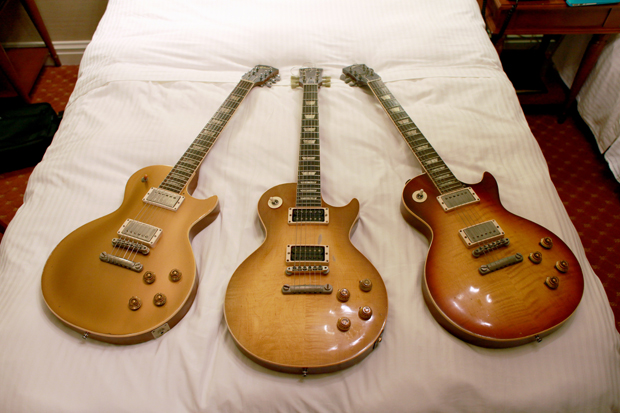
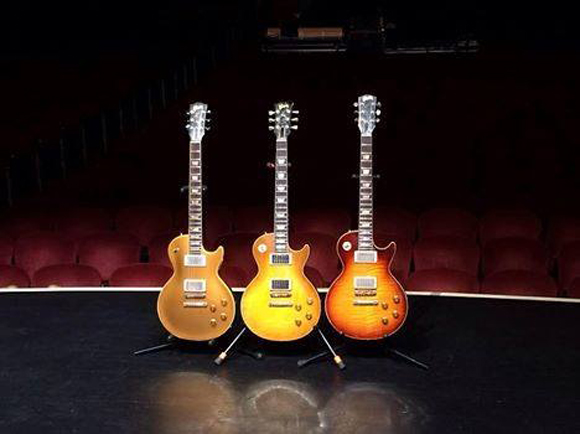
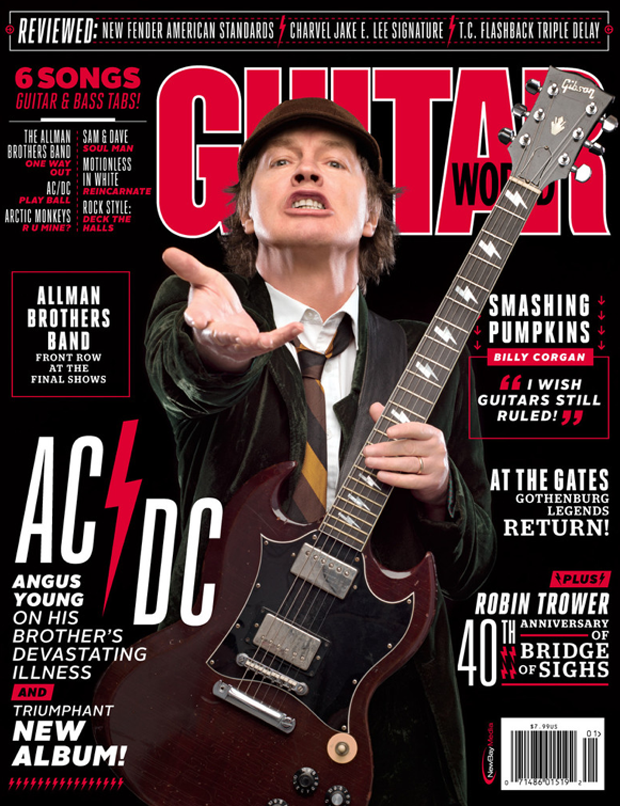
Get The Pick Newsletter
All the latest guitar news, interviews, lessons, reviews, deals and more, direct to your inbox!
Alan Paul is the author of three books, Texas Flood: The Inside Story of Stevie Ray Vaughan, One Way Way Out: The Inside Story of the Allman Brothers Band – which were both New York Times bestsellers – and Big in China: My Unlikely Adventures Raising a Family, Playing the Blues and Becoming a Star in Beijing, a memoir about raising a family in Beijing and forming a Chinese blues band that toured the nation. He’s been associated with Guitar World for 30 years, serving as Managing Editor from 1991-96. He plays in two bands: Big in China and Friends of the Brothers, with Guitar World’s Andy Aledort.
“This particular way of concluding Bohemian Rhapsody will be hard to beat!” Brian May with Benson Boone, Green Day with the Go-Gos, and Lady Gaga rocking a Suhr – Coachella’s first weekend delivered the guitar goods
“A virtuoso beyond virtuosos”: Matteo Mancuso has become one of the hottest guitar talents on the planet – now he’s finally announced his first headline US tour
